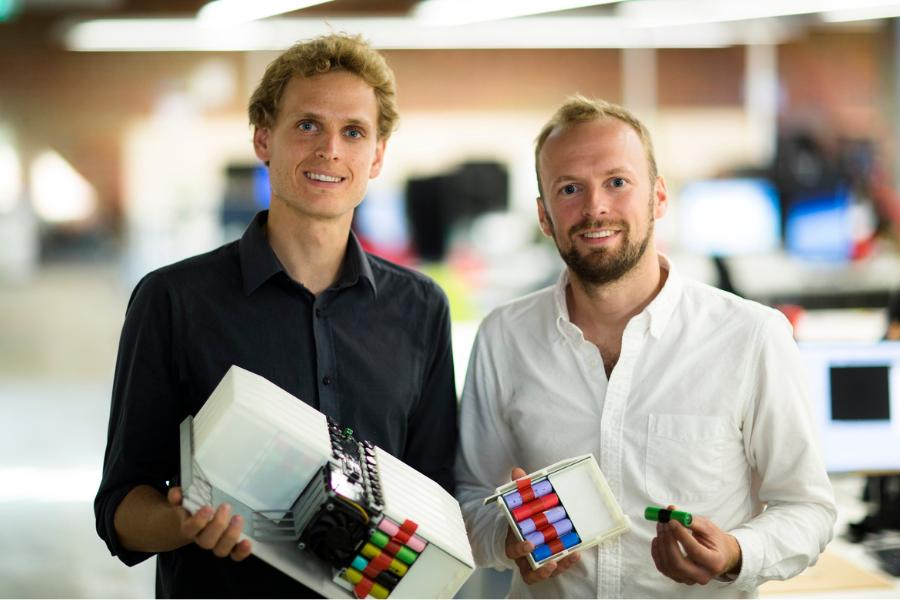Relectrify Insights
Of visions and solutions – MAP blog post
Some startups are born out of a vision alone. These begin with the founders envisaging the world without a key problem. The founders then leverage their own skills, or those of others they recruit, to find a solution.
Other startups begin with a solution. This solution can be a technology or business model, either newly developed or just never having thus far been considered for a given context. Such startups form when founders identify a valuable problem that a given solution is suited to address.
And some startups are somewhere in-between. Our company, Relectrify, for example, is based on the vision that rechargeable batteries will become the heart of the future electricity grid. The problem to overcome is we currently use batteries for only a fraction of their lifecycle causing high cost and waste. Alongside this vision, however, we had a previously developed solution to a related problem as a starting point. The company effectively formed out of an ongoing brainstorm between my co-founder and I regarding how the existing solution would need to pivot to address the current problem. First this discussion was purely technical, then it became increasingly economic. Finally, Relectrify was born.
Whether a startup is problem-first, solution-first, or a mix thereof, one key challenge is making sure suitable focus is paid to both aspects as the company develops. This is what an engineer may compare to an inverted pendulum on moving ground. It almost always swings too far one way and it takes active effort to rein it back in. As soon as it is back under control it starts to swing back out, either the same way or the other. Rarely, if ever, does it sit perfectly in the middle without any effort. Having clearly differentiated team members helps. But nonetheless it is an ongoing challenge.
Over the past 6 weeks MAP has pushed all the 2015 intake companies tremendously towards getting both aspects right. Setting and working towards both weekly goals and longer-term milestones pushes development of solutions. However, just as much focus is being paid to defining a very clear company vision and being able to communicate it effectively. Our pitches, which to us seemed so well developed when we entered MAP, are under fire on a weekly basis, be it by Rohan’s well-placed injection of the word “boring” or very direct feedback from fellow MAP team members.
As a result we are thinking longer and harder regarding our companies. How to describe the vision succinctly. How to balance between the broader problem and the specific solution. And, of course, how to share all of this in such a way that our pitch audience really cares. By following a rapid learning curve, we have a shot at making a real impact in this world. And at the end of the day, that’s the one thing that really matters.




